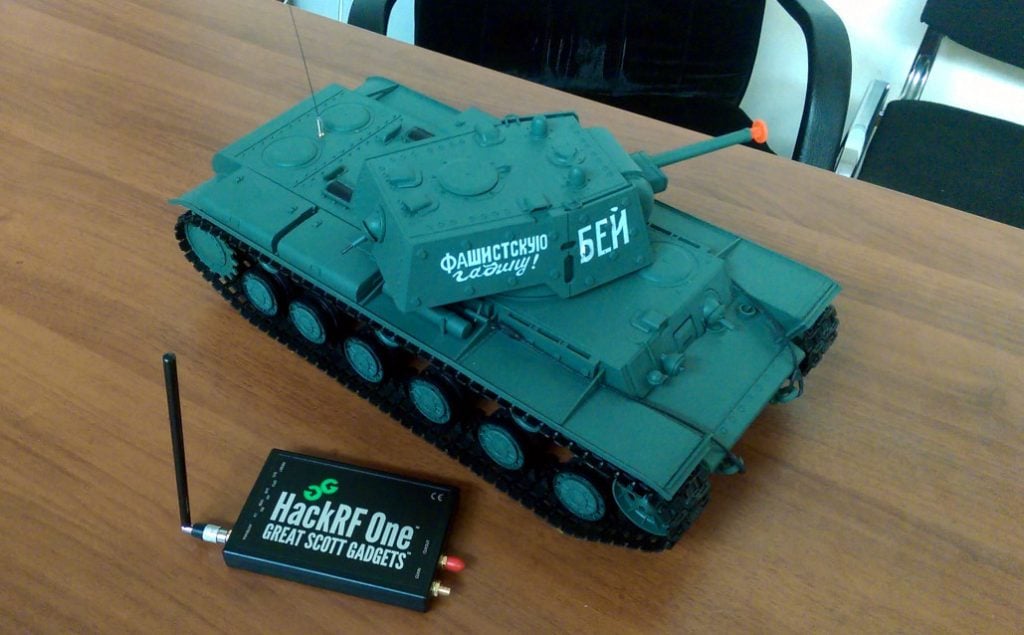Exposing Cordless Phone Security with a HackRF
Over on YouTube user Corrosive has been uploading some videos that explore cordless phone security with a HackRF. In his first video Corrosive shows how he’s able to use a HackRF to capture and then replay the pager tones (handset finding feature) for a very cheap VTech 5.8 Gigahertz cordless phone. He uses the Universal Radio Hacker software in Windows.
In the second video corrosive shows how bad the voice security on the VTech 5.8 GHz phone can be. It turns out that while advertised as a 5.8 GHz phone and the handset does transmit at 5.8 GHz, the VTech basestation actually transmits voice in clear NFM at around 900 MHz. Cordless phones advertised as 5.8 GHz are typically considered as more secure due to their high frequency which is inaccessible to most scanner radios. In the video he also shows some of the digital pairing signals that the phone and basestation transmits.



